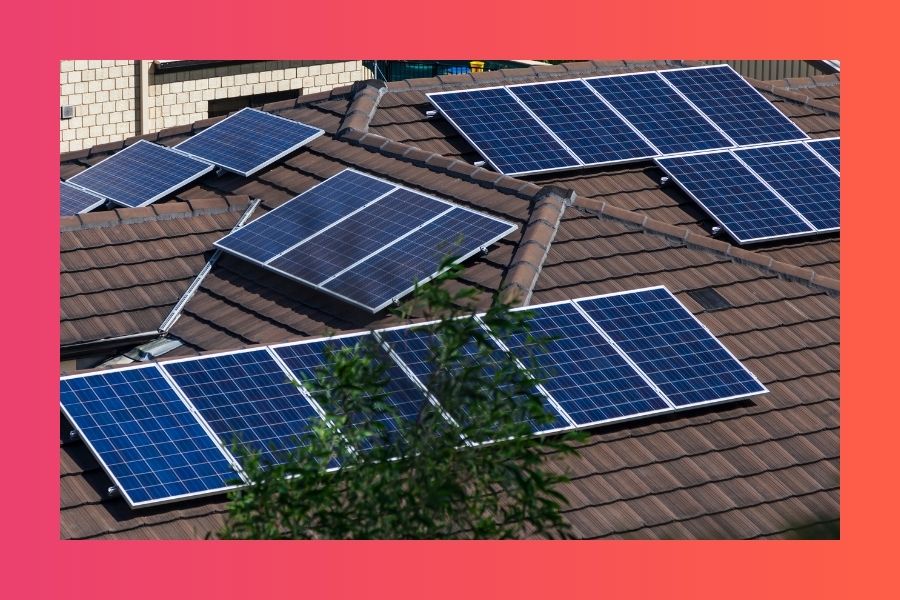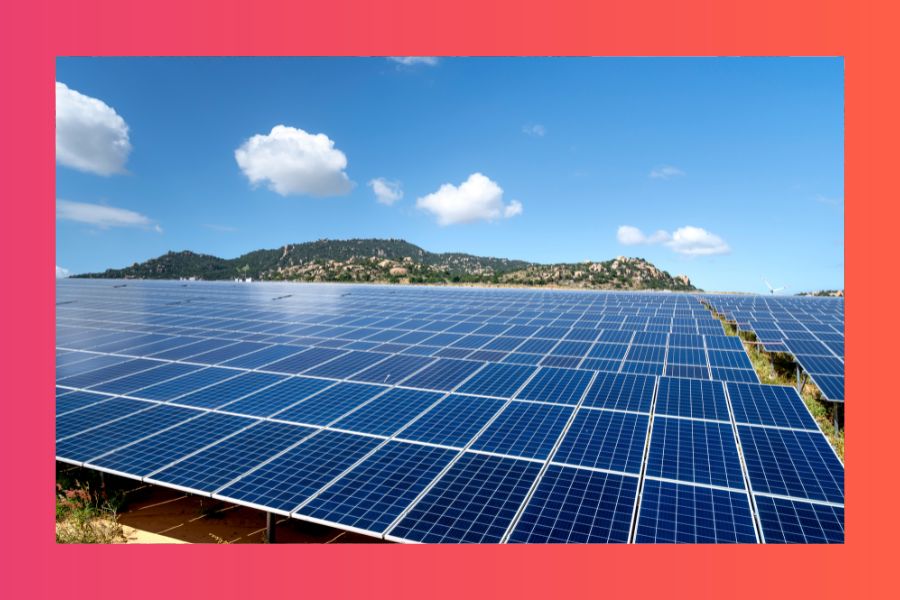What AEMO’s 30 Year Plan Means for Australian Solar Consumers
By any measure 30 years is a long time. For a quick bit of context, 30 years ago Australia had not yet hosted the Sydney Summer Olympics, the...
4 min read
![]() Solar Trust Centre Team
:
Dec 29, 2021 9:00:00 AM
Solar Trust Centre Team
:
Dec 29, 2021 9:00:00 AM

Australia has had a momentous year with solar power. At present, there remains a little time in 2021 to go, but it’s already clear this year will be very important in the history books when it comes to telling the story of Oz’s renewable energy revolution. 2021 is even more significant given Australians had to start it with the knowledge - as distinct from 2020 where its impact grew in the country from the beginning of the year - that the pandemic would be looming over daily life and work.
The impact of Covid-19’s spread posed challenges for solar businesses and customers alike. More widely, the growth of the national solar capacity. Yet there were certainly a number of positives to be found amidst the adversity of this year and in turn a resilience on show in the solar industry. Not only have many great gains been made over the past 12 months, but a number of landmark events have occurred. All told, this means the brilliant progress solar has made across this year is not only terrific in and of itself, but also that the Great Southern Land is indeed well-placed to build upon these successes further in 2022.
So let’s now go through Australia’s 2021 Solar Scorecard, and review the year that was!
It’s been another great year for rooftop solar in terms of uptake. As it stands data surrounding this year as a whole is still coming to hand. This said, there’s the widespread expectation 2021 will ultimately show the excellent growth in installations seen in the years prior continued. Indeed, there’s the strong prospect for it to be another record-breaking year. According to the Clean Energy Council, there were 378,451 rooftop solar systems installed during 2020. This was a significant increase on the year prior, with 283,991 installations during 2019.
While it’s necessary of course to wait and see, the size of this jump from 2019 to 2020 - especially when factoring in the disruption of the pandemic - gives rise to the prospect that when all is said and done 2021 could see another record being broken in this space. Even if not in 2021, then the current record of around 378,000 is certainly well-placed to be broken in the near future.
Speaking of milestones, as of mid-2021 the Australian Energy Council held that Australia’s total rooftop solar capacity exceeded 14.7GW. Furthermore, it's been estimated 2021 will end with up to 4GW having been added to the national capacity over the past 12 months. This is a vivid illustration of how the embrace of solar power from one household to the next is having a massive impact on growing Australia’s renewable energy capacity as a whole, and it’s something every solar enthusiast in the country should feel proud of.
South Australia can make the case it is Australia’s leading state when it comes to solar power. On 11 October 2020, 100% of the state’s energy needs were met by solar exclusively for around an hour. 2021 saw another very strong contribution by SA in this regard. Since October 2020 SA has made even greater progress with renewables in this regard. In fact, a review of the state’s performance one year later in October 2021 held that wind and solar provided enough power to the state’s main grid to meet local demand for almost the whole month.
True, it hasn't been all sunshine and clear skies for SA in this area - managing excess solar being fed into the grid has been a challenge - but undoubtedly SA shows that while the old arguments about renewables being too expensive and impractical may continue into the future, they'll do so without any basis in fact. The proof of how affordable and easy it is for a community to go solar is evidenced by the success of South Australia in 2021.
.jpg?width=900&name=Solar%20Trust%20Centre%20%20Blog%20Featured%20Image%20%20Template%20(1).jpg)
The facility will create 100% recyclable products, and the facility itself will be partially powered by solar panels from a new solar farm. The announcement this year is expected to be followed by construction commencing next year, with full operations to be underway by early 2024. All told, there’s the expectation that the construction period will create approximately 450 jobs, and around 825 permanent jobs will be at the plant once the factory is fully operational. This is a very exciting development, and one all solar enthusiasts should surely follow closely heading into the new year.
There’s a great deal to be proud of when it comes to Australia’s renewables sector. Yet in turn, it’s also worth noting the tremendous gains that’ve been going on globally too. It’s held by the end of the year an additional 290GW of renewable energy capacity will have been added to the global capacity. This is an incredible achievement, and a further illustration of how the shift towards the mainstream use of renewable energy that was once upon a time held to be unlikely, has now decisively shifted to being totally unstoppable in its momentum.
Overall it has been a very exciting and inspiring year for solar power, and renewables more widely. But there is an elephant in the room that must be recognised. While those in the solar industry and wider Australia have done great work to get the country to this point, unfortunately, the same cannot be said when it comes to some national leaders in Canberra.
A great deal of fanfare surrounded the Australian government devising a new net zero by 2050 plan before COP26 - but the substance was (and still is) lacking. An election is due early next year, and there is no doubt climate change is looming as a massive issue in the minds of voters. This is especially because taking more action on climate change won’t just help stop global warming, but it’ll also help boost jobs and economic growth as the renewables sector expands.
This negative is an unfortunate point to have to note in a year that’s been otherwise amazing by so many measures. But the bottom line is if regular Australians can do their bit for green energy and action on climate change, there’s no excuse for Canberra dropping the ball.
It’s understandable many would be a little nervous looking ahead to 2022 mindful when we started 2021 it was less than a year since the pandemic began in Australia. Yet what is clear is that the solar industry was better prepared to deal with challenges across 2021 than in 2020. This isn’t to say the response of the solar industry to the outbreak in 2020 was bad, but just instead the new nature of the pandemic meant immense uncertainty impacted the capacity for businesses to operate and plan ahead. In 2021, the industry had many months of experience with the pandemic under its belt, and (at least generally speaking) knew what to expect when dealing with it.
As we look ahead to 2022 the reality is challenges remain, such as concerns around the efficacy of the first generation of Covid-19 vaccines against mutations. Furthermore, the emergence of more mutations (or the spread of existing ones) could damage confidence and cause more delays in a return to business as usual. Yet it’s also true that overall with Covid-19 safety policies now firmly in place, solar businesses and the wider community alike can feel confident in the capacity of the industry to navigate any challenges that arise in future, reliant on the skill and experience that’s been utilised to deliver these great results this year.
.jpg)
By any measure 30 years is a long time. For a quick bit of context, 30 years ago Australia had not yet hosted the Sydney Summer Olympics, the...
.jpg)
Australia is in no doubt we’re right now amidst a solar revolution. Over the past decade (or so), we’ve seen a phenomenal growth in Australia’s...

2022 has been a momentous year in the Australian solar sector. By many measures, it has been another 12 months of great progress for renewable energy...